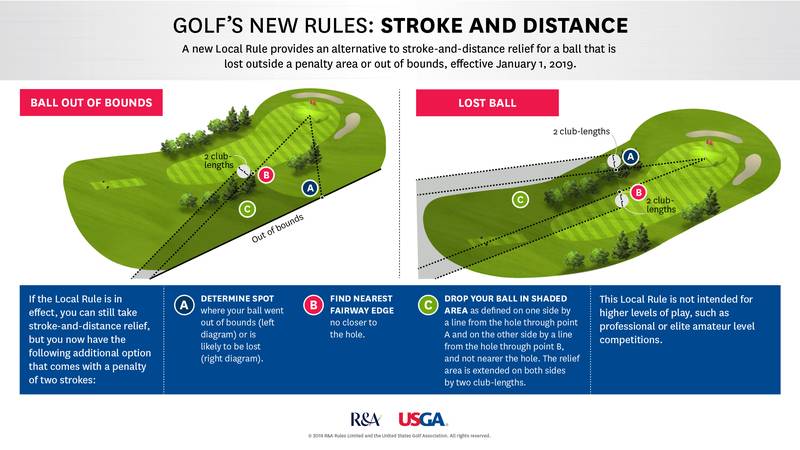We start play at 3:52 Click HERE to send the Secretary a message if you can't make it.
| PLAYERS | FRONT | BACK | |
| Brian Ching | 6 | 5 | |
| Chris DeBussy | 10 | 9 | |
| Daven Hash | 9 | 9 | |
| Rich Gregory | 14 | 15 | |
| Paul Chavez | 15 | 15 | |
| Casey Offord | 13 | 13 | |
| Ed Haywood | 20 | 20 | |
| Dave Smith | 8 | 8 | |
| Irv Downes | 8 | 7 | |
| Dale Smith | 14 | 14 | |
| Cory Vaughan | 15 | 16 | |
| Aaron Haywood | 13 | 13 | |
| Mark Dahlhauser | 8 | 7 | |
| Jay Burnham | 7 | 7 | |
| Marcus Rosenbam | 17 | 18 | |
| Eric Burnham | 15 | 15 | |
| NOT PLAYING | |||
| Jason Visnaw | 10 | 10 | |
| Sean Haywood | 14 | 14 | |
| Merlin Windels | 16 | 16 | |
| DONE FOR THE SEASON | |||
| Francois Loubser | 10 | 9 | Out-of-country |
| John Kladouris | 8 | 8 | Medical (tbd) |
| Corey Callaway | 7 | 7 | Medical (2nd 1/2?) |
| Stephanie Burnham | 6 | 8 | Work conflict (tbd) |
| Nick Jones | 8 | 8 | Work conflict (tbd) |
| Chris Hash | 6 | 5 | Out for season |
| Mike Broulette | 7 | 6 | |
| Jim Iwamoto | 6 | 5 | |
| Pat Bertrand | 4 | 4 | |
| Mert Sapinoro | 13 | 13 | |
| Mike Navarre | 10 | 10 | |
| Lane Green | 10 | 10 | |
| Raleigh Salazar | 18 | 18 | |
| Dick Harden | 8 | 8 | |
| Bruce Hansberry | 13 | 13 | |
| Jack Sargent | 15 | 16 | |
| Tamara Ching | 15 | 15 | |
The illustrated local rule below for OB and Lost Ball shall be in effect for league play AND league tournaments. During the "Winter Rules" period, we will use the Kladouris corollary: "If you are reasonably certain that your ball became lost underground due to extremely soggy conditions, drop another ball with no penalty as near as possible to where you believe the ball was lost and play on."

USGA's explanation for the local rule E-5 above: LINK
|
THESE QUESTIONS HAVE COME UP NUMEROUS TIMES - HERE ARE THE DEFINITIVE ANSWERS:
Even among professional golfers, there are differences regarding the speed with which they play. Other than skill/talent/age and so on, we are no different EXCEPT THAT they are wealthy independent contractors who are being paid to perform, and are being monitored by a cadre of rules enforcers. We obviously are not! Speed of play IS NOT related to skill or handicap - it is an individual characteristic. Some of us are more deliberate than others. Some of our better players are the slowest in the group. That being said, THERE IS ABSOLUTELY NO GOOD REASON FOR A 9-HOLE ROUND AT AUBURN TO TAKE 3 HOURS!! Read and comply with the two bulleted items above, slower AND faster players look in the mirror, recognize each other exist and exercise courtesy and tolerance! |
13-2. Improving Lie, Area of Intended Stance or Swing, or Line of PlayA player must not improve or allow to be improved:
by any of the following actions:
However, the player incurs no penalty if the action occurs:
Exception: Ball in penalty area - see Rule 17 |
|
|
